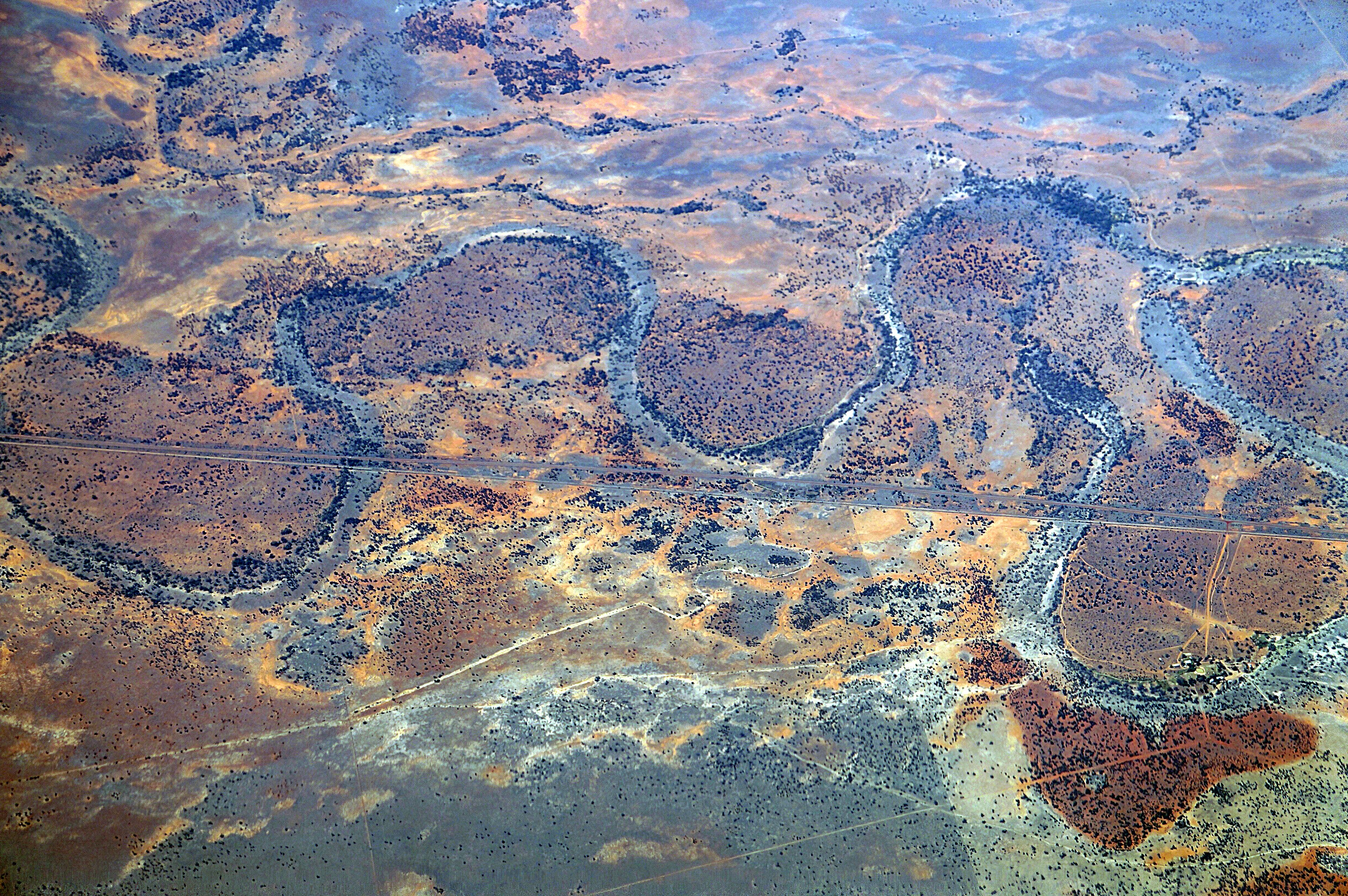Home/Curriculum resources/Reading and navigating through songlines/Supporting Reading Material
Learning Areas:
English, Humanities and Social Sciences, Mathematics, The Arts
Year levels:
Level 3, Level 4

Supporting Reading Material
This activity is a part of the Reading and navigating through songlines resource.
Murray-Darling Basin. Wagga Wagga, Wiradjuri country. Photographer: Mangiwau. Source: Getty Images. Used under licence.

Supporting Reading Material
The following student reading resources are provided to support learning. They can be used for small group reading, independent reading, research, or to deepen students' understanding of songlines.

Related activities within this resources:

Activity 1: Modes of Communication
This activity aims to help students explore and understand various modes of communication and their purpose. Through a Gallery Walk, investigation, and reflection, students will examine different communication modes. They will identify how these modes are used to share knowledge, navigate, and help people. By unpacking maps and pathways, students will develop a foundational understanding of communication's role and how songlines function as pathways across the land.

Activity 2: Introduction to songlines
This activity builds on Activity 1, where students explored various modes of communication. Now, students will be introduced to songlines, a complex and integral part of Aboriginal and Torres Strait Islander cultures. Through engaging in exploration stations, and reflecting on their learning, students will explore the mode, purpose, and significance of songlines. This activity will help students start to understand how songlines connect land, culture, and communication.

Activity 3: Songlines as Navigational Guides
This activity aims to deepen students' understanding of how songlines function as navigational guides and routes for trade, ceremony, and social interaction, to find materials for tools, food, water, and shelter. Focusing on the natural and cultural landmarks that support navigation, students will explore various aspects of songlines through class discussions and case studies, concluding with revisiting the class anchor chart.

Activity 4 (Part one of three): Creating a Map/Pathway
This activity has three distinct parts. In this part of the activity, students are asked to connect their understanding of maps and mapping by creating their own personal map of a familiar space, noting key landmarks and features.

Activity 4 (Part two of three): Learning about techniques of orality and memory
Building on the skills and insights gained in part one, where students created personal maps and identified key landmarks, this activity introduces the integration of orality and memory techniques. Students will explore how stories, histories, and knowledge are conveyed through spoken word, songs, and other oral expressions.

Activity 4 (Part three of three): Applying techniques of orality and memory to map/pathway
In this final part of Activity 4, students will bring together their map/pathways from part one and the orality and memory techniques learned in part two. They will create and share oral narratives that guide someone through their map/pathway, using techniques such as song, movement, rhyme, humour, and descriptive language. This activity serves as a culminating learning experience, drawing together the sequence of learning and allowing students to apply their knowledge and skills in a meaningful way.